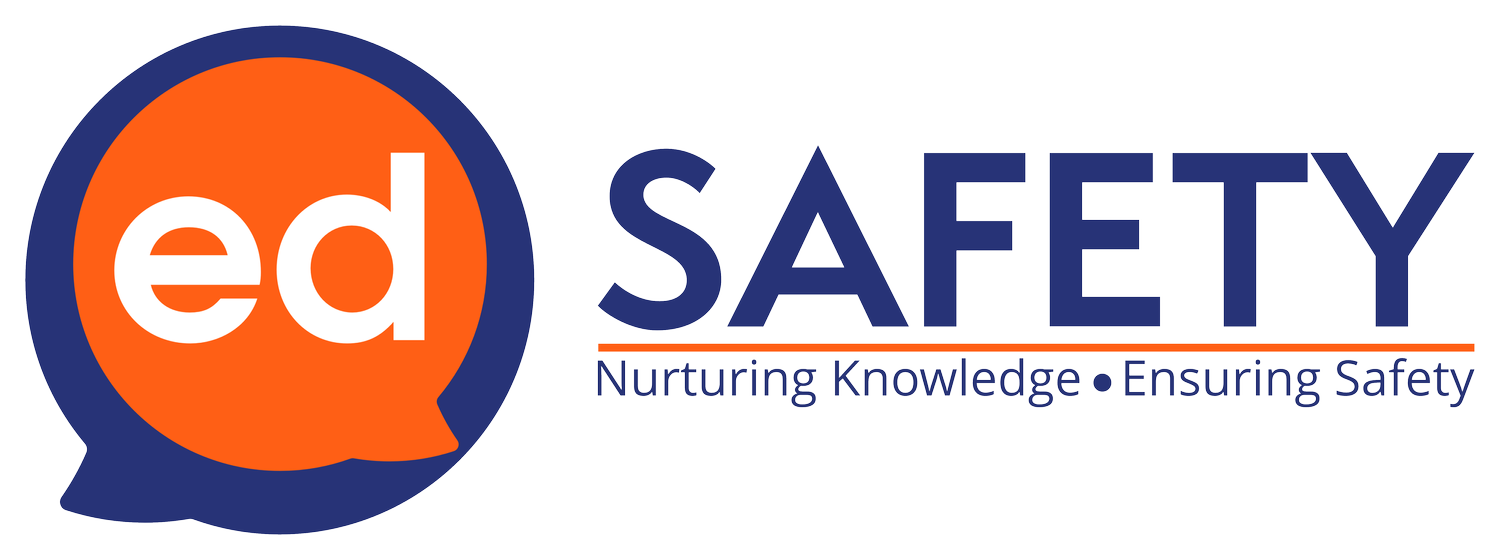Halloween First Aid
Halloween is just around the corner, so we have put together some helpful tips in staying safe.
Costumes
The materials that most costumes are made from is flammable and when people put real candles in pumpkins outside their door this can be very dangerous if a child accidently stands too close. Try to get a costume with less flammable material or stay with your child and make them aware of the danger, if they are too young to understand it would be best to go all the way to the door with your child to prevent something bad from happening.
If a child’s costume does catch fire this is what your child should do STOP DROP and ROLL. Do not run just stop lay on the floor flat with legs out straight, cover their face and mouth with their hands and roll until the flames go out.
If the child has suffered burns:
1. Cool the burn
Use cold running water for a full 20 minutes (immediate cooling is best but is still beneficial even 3 hours after the burn.)
Avoid hypothermia- cool the burn but warm the rest of the child.
2. Remove jewellery and loose clothing
Do this very gently and carefully, before the area starts to swell. DO NOT remove anything that is stuck to the burn.
3. Cover the burn
Cover the cooled burn with a dressing that will not stick. Cling film is ideal (discard the first two turns of the film and ‘lay’ it on the burn, don’t wrap it around.) Alternatives include a new plastic bag, a low-adherent dressing, or a clean lint free cloth. Do not use cling film on the face.
NEVER rely on ‘burn dressings’ to cool a burn- use cold water for 20 minutes.
If the burn appears severe call 999 for emergency help.
NEVER COOL THE BURN USING ICE, BURST BLISTERS, TOUCH THE BURN, APPLY CREAMS, OINTMENTS OR FATS, APPLY ADHESIVE DRESSINGS, OR REMOVE CLOTHING THAT HAS STUCK TO THE BURN.
Sweet Treats
For many children Halloween is about receiving sweets and getting to eat them when they get home. However, things to consider are any allergies your child may have, choking, if the treats are homemade do not let your children eat them unless you are confident in the person who made them, are the treats in date, if anything isn’t in a wrapper is it hygienic to eat and how much they are able to eat once home.
Preparing your child can help a lot with this, before you go Trick or Treating if you let your child know once home, we will get all the sweets out and check them together and decide which ones you are able to eat tonight and save the others for another day. This helps the child as they will know they are going to get some sweets but understand it won’t be all of them tonight and whilst they are deciding which to eat you can check for allergies/ hygiene etc.
If your child does have an allergic reaction the reaction may be mild or severe if a mild reaction has taken place give your child an antihistamine by mouth. (Some antihistamines aren’t suitable for children under 2, in this case speak to your GP, pharmacist or call 111.)
If a serious reaction has taken place (anaphylaxis) this can be an extremely dangerous allergic reaction. In anaphylaxis a chemical called histamine is over produced causing one or more life threatening airway, breathing or circulation problems.
Recognition
· Blotchy skin rash or flushing (not always present).
· A rapid onset and rapid progression of one or more life threatening problems- Airway: Blood capillaries can ‘leak’ causing swelling and blockage. Look out for swelling of the tongue, lips, throat, or a feeling of the throat ‘closing up’.
Breathing: Windpipes can constrict just like asthma.
Circulation: Blood vessels can dilate to 3 times their usual size, causing a life-threatening fall in blood pressure. Look out for dizziness, fainting, pale skin, and a fast pulse.
Treatment
· Call 999 for emergency help.
· Lay your child down in a comfortable position. If they feel light-headed or faint – DO NOT sit them up. Raise the legs if necessary.
· If your child has airway or breathing problems only, they may prefer to sit up BUT take extreme care and lay them down immediately if they feel lightheaded or faint.
· Use an auto-injector of adrenaline if your child has one.
· If your child does become unconscious check airway and breathing and resuscitate if necessary.
If your child starts to choke, please see the poster below on what to do.






